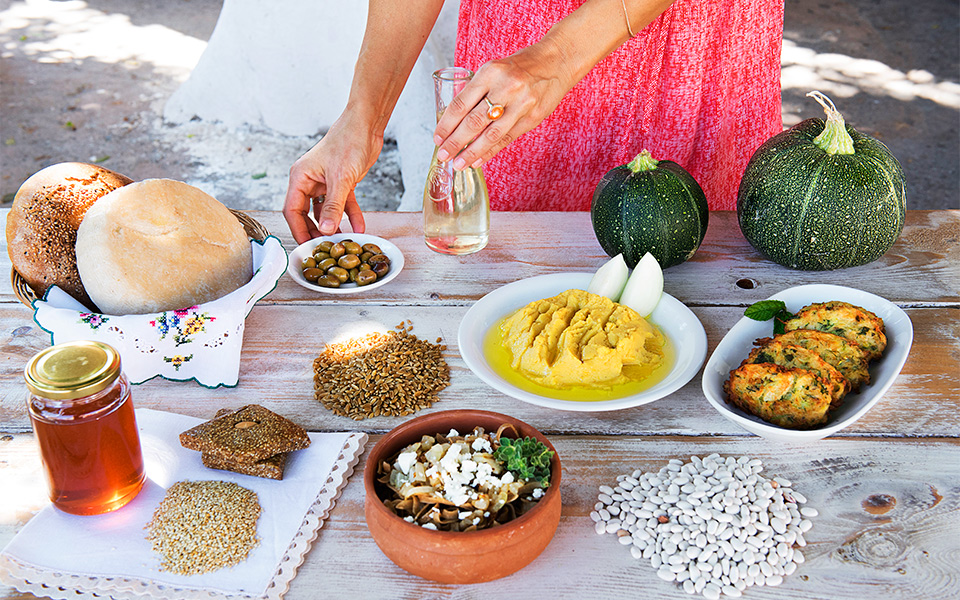Lazarakia – doll-shaped, sweet bread rolls from the island of Kalymnos; wine from Sikinos, thyme honey from Kimolos; honey and sesame bars from Rhodes; and petroto cheese from Andros (which takes its name from the process of drying the cheese on stones): these are only some of the treats that the islands of the Cyclades and the Dodecanese will be celebrating this year, having picked up the coveted title of Region of European Gastronomy 2019.
“The award in question entails six separate yet interlinked sectors: gastronomy, cultural heritage, sustainability, the support of small to medium businesses and health,” said Heidi Lazani the head of the team that prepared the dossier for the Greek candidacy on behalf of the Regional Unit of the Southern Aegean, speaking to Kathimerini.
The chef Argyro Barbarigou, a native of Paros, has been named ambassador for the Region of Gastronomy, having already played a leading role in other similar events.
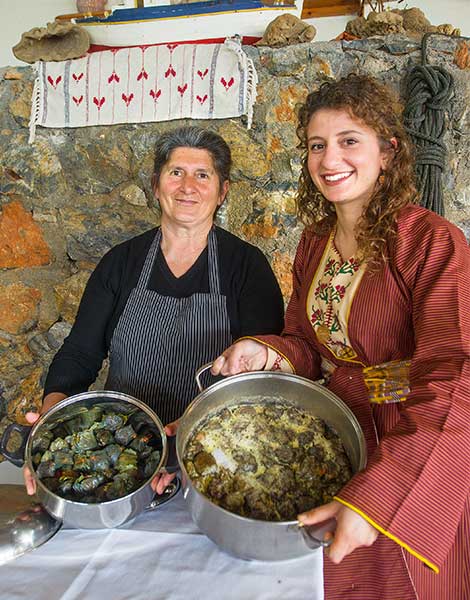
© Clairy Moustafellou
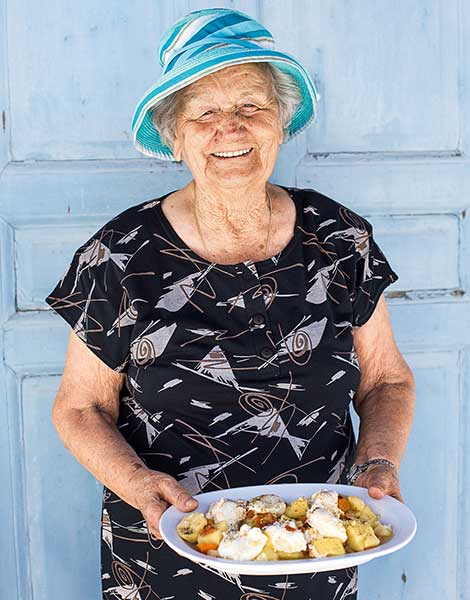
© Christina Antoniadou
The program, which is the initiative of the regional governor, Giorgos Hatzimarkou, is being implemented in collaboration with the Chef’s Club of the Dodecanese and Cyclades, with Hellenic Petroleum as a sponsor and Aegean Airlines as exclusive air carrier. The ultimate goals are to build links between the agricultural and tourism, to showcase the gastronomic tradition of each island and to strengthen local communities.
The particularities of island life make this undertaking all the more challenging for organizers, since many different parties and groups must collaborate. “This means a total of fifty islands”, Lazani notes; “the aim is to support any events already in existence, by giving them a new, fresh tone, as well as to institute new ones where none exist, such as for example on Folegandros or Astypalaia”.
Indeed, the event holds particular promise for those islands that do not yet enjoy international fame. “There are many hidden gems,” says Konstantinos Bougiouris, a chef and a member of the Chef’s Club of the Cycladic and Dodecanese, as well as the owner of an award-winning restaurant on the island of Syros.
“On the island of Kimolos they produce a honey that has a 55-60% thyme-based content, on Sikinos there is now a winery, while on Rhodes they have begun to produce olive oil in highly distinct packaging,” he notes. Neither foreign visitors, nor even Athenians themselves are aware of these products and flavors.
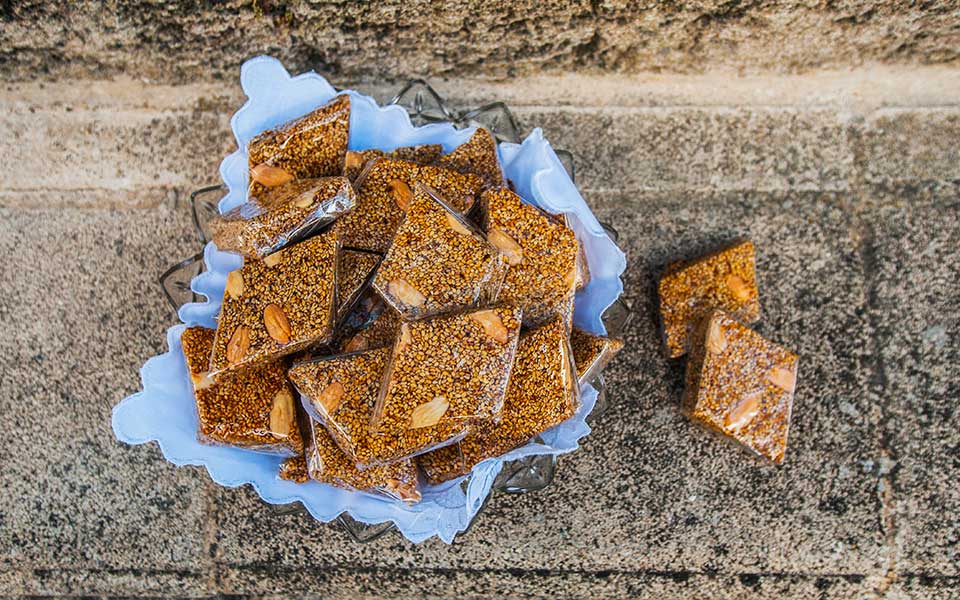
© Clairy Moustafellou
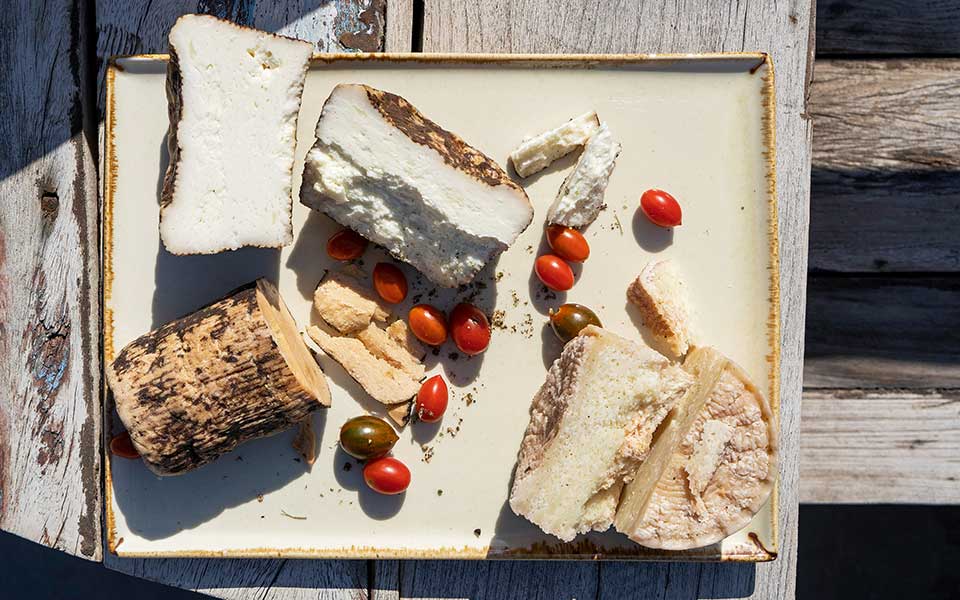
© Perikles Merakos
One key priority, therefore, is the quest to certify local products, a process that has already begun to yield fruit. Among the products that have been certified recently are sitaka cheese from the island of Kasos, the honey of the island of Kalymnos, the krasotyri (cheese matured in wine) from Kos, the melekouni (honey and sesame bars) of Rhodes as well as that island’s ‘lopi’ – an indigenous variety of bean.
Over the past two years the regional authorities of the Southern Aegean have implemented a great variety of programs along the same lines: creating the “breakfast hamper” of the Southern Aegean, inviting established food bloggers to the islands, and creating popular educational projects, such as “Aegean Gardener”, through which students create vegetable gardens that will provide them with primary ingredients for their meals, and “Aegean Mamas Know Best”, through which local mothers pass on their culinary secrets to younger generations.
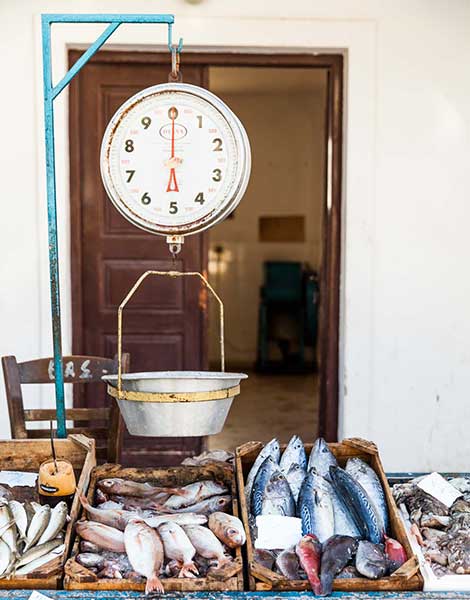
© Dimitris Vlaikos
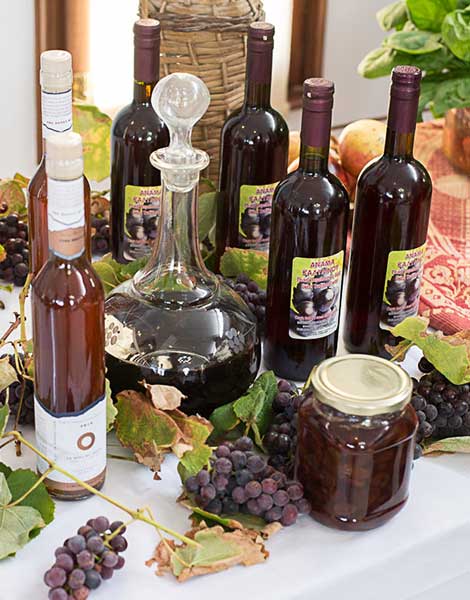
The Events
The great Aegean feast will grow ever greater in the coming months, with events planned throughout the year.
On Naxos, one of the leading producers of agricultural goods and thus one of the festival’s key focal points, visitors will have a slew of options. Aside from the well-established Potato Festival, they will also be able to attend festivals focused on graviera cheese, honey, wine, raki, olive oil and seafood, with the last scheduled to coincide with the feast of Saint Nicholas in December.
Kos will offer tourists tours to two olive presses, two wineries, one cheesemaking workshop and one honeybee farm. “Over the past four years we have been promoting our local products,” Mary Triantafyllopoulou, president of the National Committee of Oenotourism, says. “There is already a marked rise in the sales of processed goods and of fresh fruit and vegetables.”
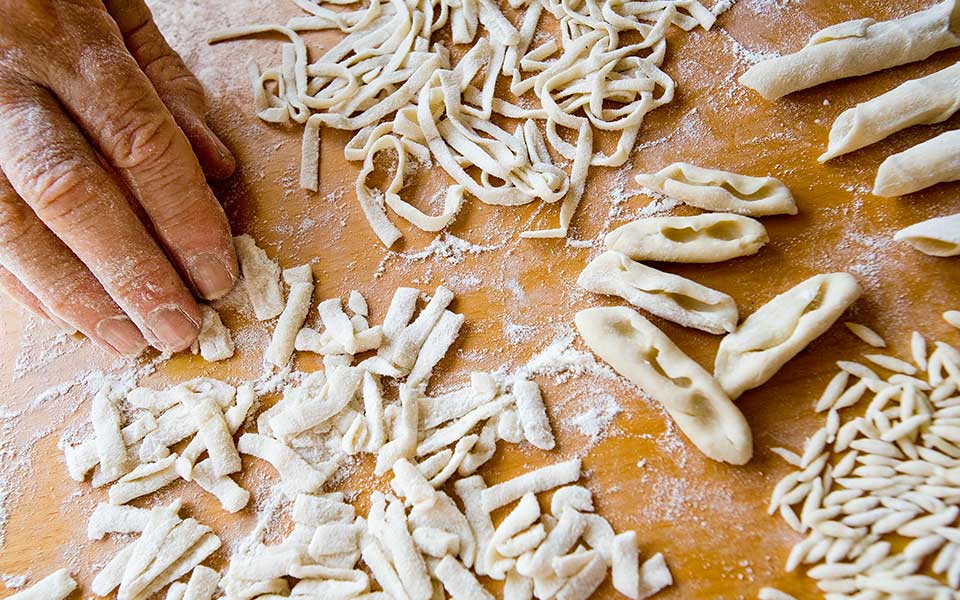
© Clairy Moustafellou
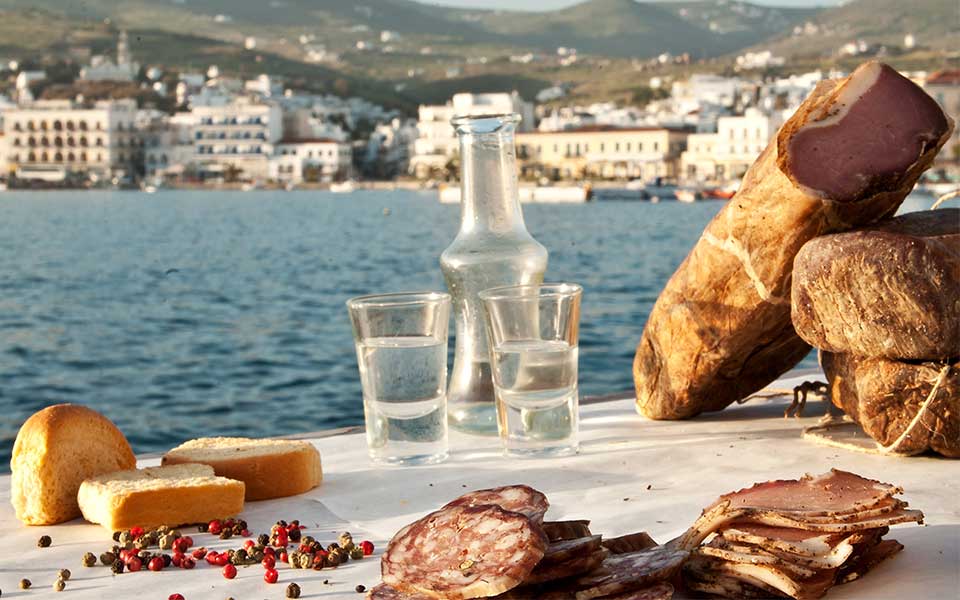
© Evelyn Foskolou
Ahead of the tourist season, restaurant menus are being enhanced with the addition of traditional dishes: stuffed kid goat, bulgur with pork, handmade pasta, hand-rolled savory pies, homestyle dolma.
On the island of Kalymnos, the plan is provide a large ‘dinner of love’. The island’s gastronomy was developed by three different population groups, the shepherds, the seamen and the town-dwelling bourgeoisie. The last, by virtue of being in close contact with mainland Europe through commerce, brought back corresponding influences that can be seen in several savory dishes and desserts.
The dinner in question, on the Sunday of the Feast of St Thomas, will reenact the famous “farewell to the sponge divers”. “This was a great feast that would be held right before their departure for the long journey to Barbary, which could last five or even six months”, explains Kalliopi Tsangari, the owner of a travel agency specializing in alternative forms of tourism.
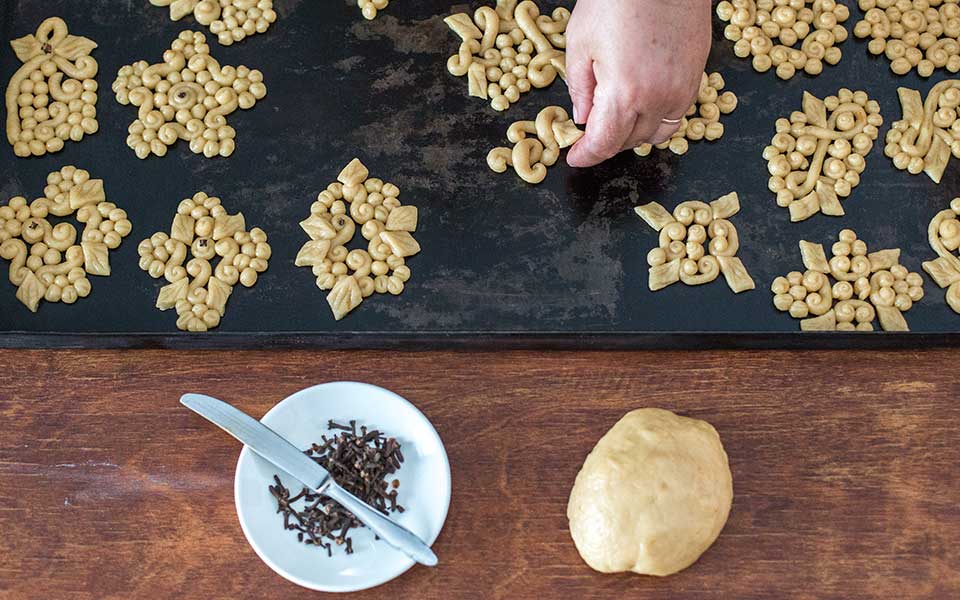
© Christina Georgiadou
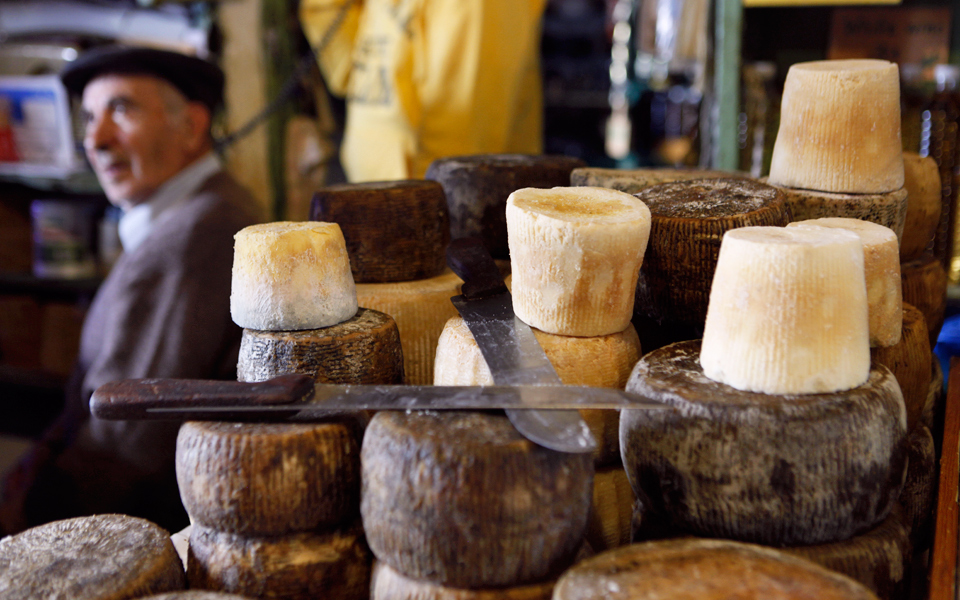
© Katerina Kampiti
Aside from the emotionally charged atmosphere due to the impending separation, the dinner also served to prepare foods for the sailors to take with them. “They would prepare kavourmas (cured beef), ship’s biscuits, cured pork – processes that we will be demonstrating to the public,” she adds.
The dinner will come in the wake of the carols of Lazarus, sung by scouts and school pupils, who will also offer around traditional treats – the ‘Lazarakia’ sweet rolls.
“Easter on our island is very special and it links directly back to the Byzantine tradition,” adds Maria Sarafoglou, who owns a business offering tourist accommodation. “We possess a great variety of Byzantine breads, sourdough or leaven-based, or flavored with mastic.”
And the specialties do not end there. “We produce here salt-cured and smoked meats, kavourmas from seafood – lately we have been packaging and selling octopus ink,” says Sarafoglou, who, together with Mrs. Tsangari and professionals from other sectors, is part of a network of people who will be contributing to the running of the events.
Any foreign tourist, however, who has already visited the island of the sponge divers, will likely have fond memories of fouskes (sea squirts), and spinialo (the fishermen’s traditional method of preserving seafood in bottles) – rare delicacies which the organizers promise will not be absent from this great feast.

